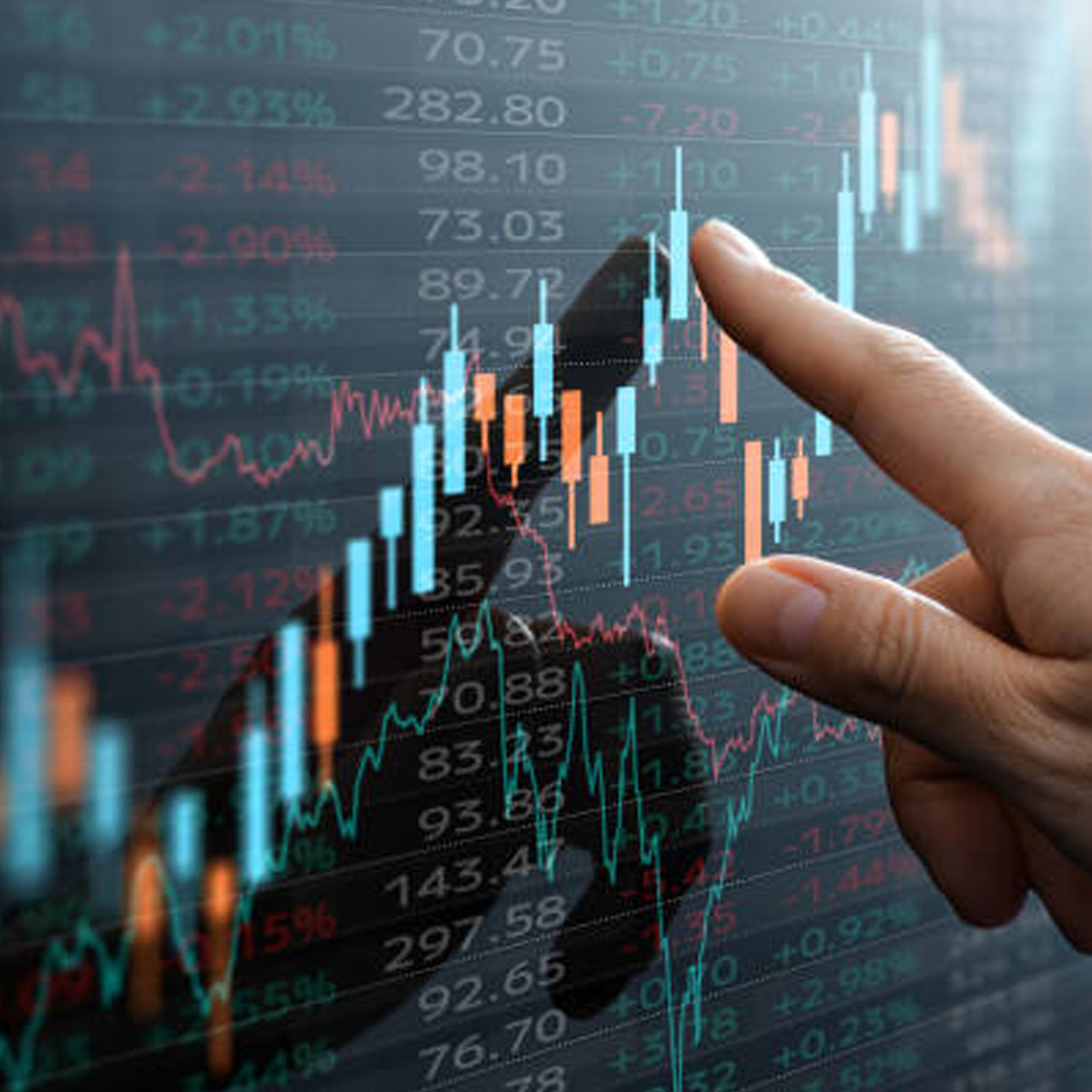Order Flow Secrets: How to Catch Explosive Moves Using Order Flow
Explosive market moves aren’t random — they come from imbalances in the auction between buyers and sellers. By studying order flow, traders can spot setups like absorption, exhaustion, breakouts, and rejections, and use tools such as tape reading, footprint charts, and DOM heatmaps to confirm entries. When context, key zones, flow, and volume align, traders can build high-probability setups with strong risk-to-reward.
Markets often spend time moving sideways in balance, only to suddenly explode into powerful
directional trends. If you’ve ever wondered why these explosive moves happen and, more
importantly, how to catch them, order flow is the key.
In this breakdown, we’ll explore:
> Why explosive moves occur in markets and the auction theory behind them> The role of market events, technical levels, and price discovery
> The interaction between limit orders and market order
> Four core order-flow setups: absorption, exhaustion, breakout, and rejection
> The tools you need to read order flow (tape, footprint, DOM/heatmaps)
> How to combine context, zones, flow, and volume into an A+ trade framework
> Real-world case studies

Key triggers of imbalance
- Explosive moves in the market don’t appear out of nowhere. They usually begin when the balance between buyers and sellers is shaken by a clear trigger. The most common triggers are major market events, key technical and liquidity levels, and periods of price discovery.
-
Market Events
> Macroeconomic reports (CPI, jobs data, FOMC) for indices like SPY.
> Earnings, product launches, CEO news for individual stocks.
These events reset sentiment, revalue assets, and spark price discovery -
Technical Levels & Liquidity Zones
> Market maker levels: Option strikes or gamma exposures (e.g., 6500 on an index) where dealers defend against losses.
> Institutional zones: Big round numbers where funds accumulate in size (e.g., Tesla at 300). Institutions defend these zones aggressively. -
Price Discovery
> At all-time highs/lows, there are no references. Price explores freely until heavy bids/offers appear.
> These discovery phases often produce the most explosive runs.
Explosive moves happen when aggressive market orders push through the passive order sitting in the order book. If buyers keep hitting the offers with size, they can blow through all the sell orders at a level and drive the price higher. If sellers smash the bids, they can push the price lower in a hurry. This tug-of-war between passive and aggressive orders is the core of order flow trading. By watching how these two forces interact at key levels, traders can spot the moments when balance is breaking and a strong move is about to begin.
“The tape tells the truth. Order flow reveals the intentions of smart money, and learning to read it can unlock explosive market moves.”
Richard Wyckoff
Big market moves don’t just appear out of nowhere. They happen when the balance between buyers and sellers breaks and one side takes full control. Order flow helps traders see this shift in real time. By watching how limit orders and market orders interact, and by recognizing setups like absorption, exhaustion, breakouts, and rejections, it becomes easier to spot when a strong move is starting.
The real edge comes from combining order flow with context, knowing the bigger market theme, key zones, volume, and risk-to-reward. When everything lines up, that’s when you get the best trade opportunities.
